Growing Public Health Initiatives
Growing public health initiatives aimed at reducing poisoning incidents are significantly impacting the Pralidoxime Chloride Market. Governments and non-governmental organizations are launching campaigns to educate the public about the dangers of toxic substances, particularly organophosphates. These initiatives often include training programs for healthcare professionals on the use of antidotes like Pralidoxime Chloride Market. As awareness increases, the demand for effective treatments is likely to rise, driving market growth. Additionally, public health policies that promote the availability of antidotes in community health settings further support the market. The emphasis on prevention and education is expected to create a more informed public, ultimately leading to a higher demand for Pralidoxime Chloride Market as a critical component in the management of poisoning cases.
Expansion of Emergency Medical Services
The expansion of emergency medical services (EMS) is significantly influencing the Pralidoxime Chloride Market. As healthcare systems evolve, there is a growing emphasis on rapid response to poisoning incidents. Enhanced training for EMS personnel includes the administration of antidotes like Pralidoxime Chloride Market, which is crucial for treating organophosphate poisoning. This trend is reflected in the increasing number of EMS units equipped with necessary medical supplies, including Pralidoxime Chloride Market. Furthermore, the integration of advanced medical technologies in ambulances facilitates quicker and more effective treatment, thereby increasing the reliance on this antidote. The expansion of EMS capabilities is expected to drive the demand for Pralidoxime Chloride Market, highlighting its essential role in emergency care.
Rising Research and Development Activities
Rising research and development activities in the pharmaceutical sector are propelling the Pralidoxime Chloride Market. Pharmaceutical companies are increasingly investing in the development of new formulations and delivery methods for Pralidoxime Chloride Market, aiming to enhance its efficacy and safety profile. This trend is supported by government initiatives that encourage innovation in antidote therapies. Recent studies have explored the potential of Pralidoxime Chloride Market in treating various types of poisoning beyond organophosphates, which could broaden its application and market reach. The ongoing R&D efforts are likely to result in new product launches, thereby stimulating market growth. As the pharmaceutical landscape evolves, the emphasis on effective antidotes like Pralidoxime Chloride Market remains a priority, further solidifying its position in the market.
Regulatory Support for Antidote Availability
Regulatory support for the availability of antidotes is a pivotal driver for the Pralidoxime Chloride Market. Governments and health organizations are increasingly recognizing the importance of having effective treatments readily available for poisoning cases. This has led to the establishment of guidelines and policies that promote the stockpiling and distribution of antidotes, including Pralidoxime Chloride Market, in healthcare facilities. The regulatory landscape is evolving to ensure that healthcare providers have access to essential medications, which is crucial for timely intervention in poisoning scenarios. As regulations become more favorable, the market for Pralidoxime Chloride Market is expected to expand, ensuring that this vital antidote is accessible when needed most. The proactive stance of regulatory bodies is likely to enhance the overall market dynamics.
Increasing Incidence of Organophosphate Poisoning
The rising incidence of organophosphate poisoning is a critical driver for the Pralidoxime Chloride Market. Organophosphates, commonly used in pesticides, have been linked to numerous health issues, leading to increased cases of poisoning. This trend necessitates the availability of effective antidotes like Pralidoxime Chloride Market. Reports indicate that the number of organophosphate poisoning cases has surged, particularly in agricultural regions, prompting healthcare systems to seek reliable treatments. As awareness of the dangers associated with these chemicals grows, the demand for Pralidoxime Chloride Market is likely to increase, thereby propelling the market forward. The need for timely intervention in poisoning cases underscores the importance of this antidote, making it a focal point in the Pralidoxime Chloride Market.


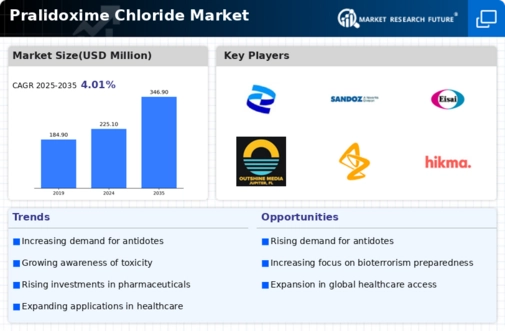
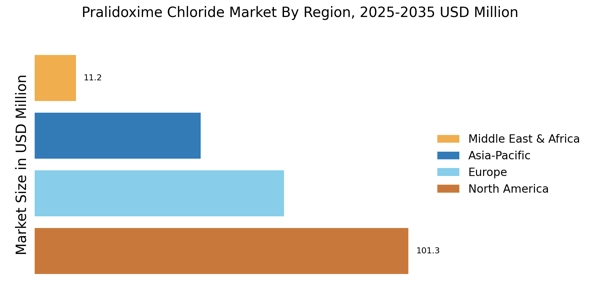
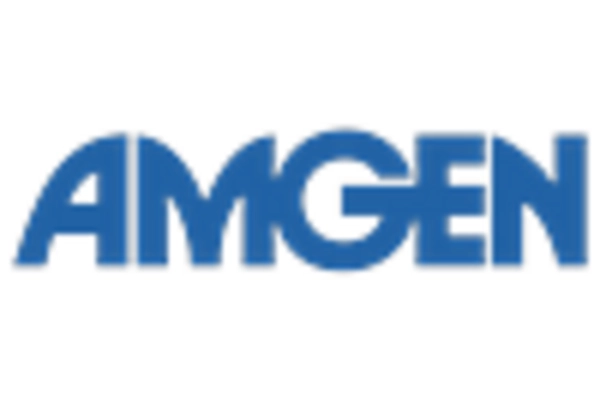
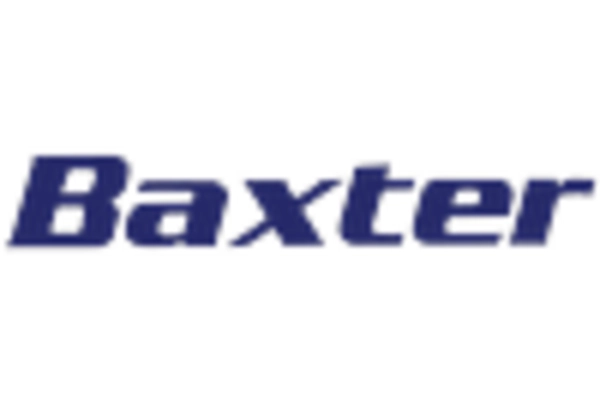
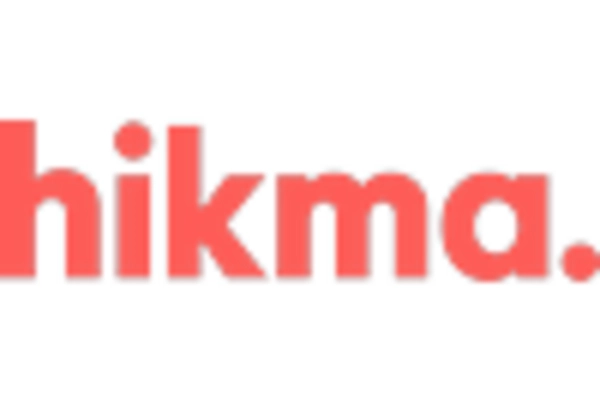
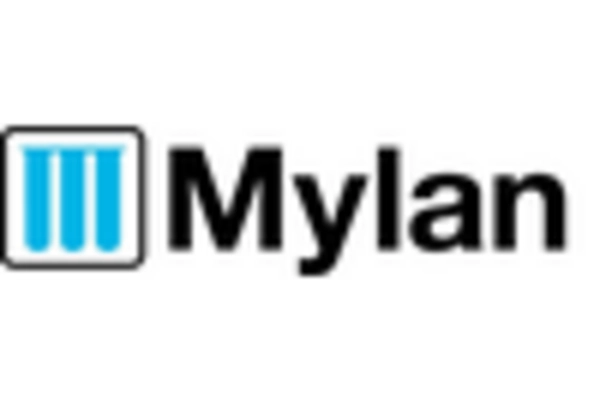
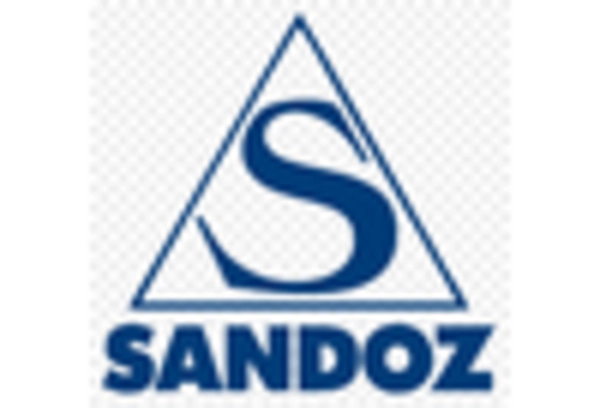
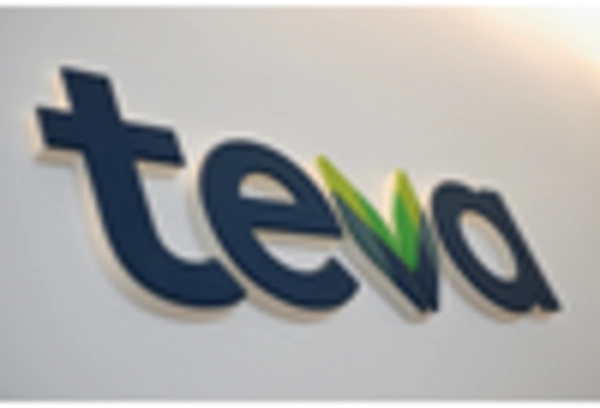








Leave a Comment